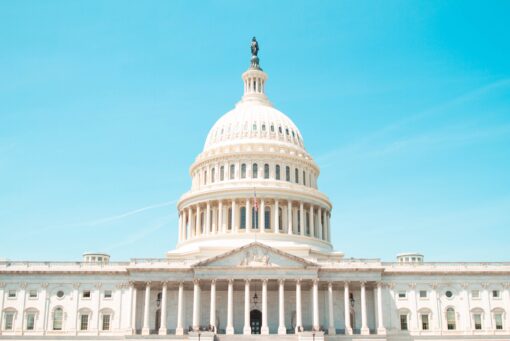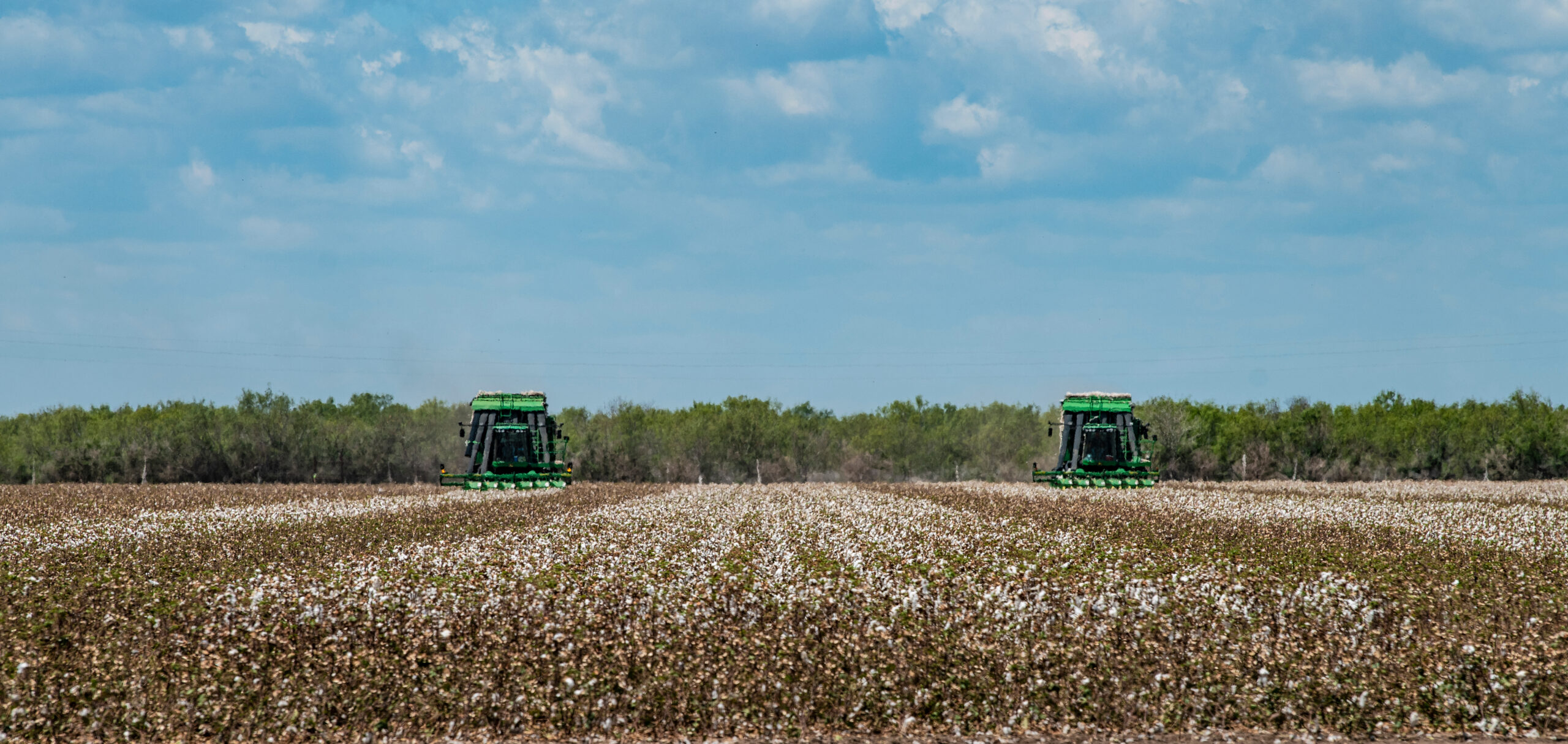Long before the 2018 Farm Bill expired on September 30, 2023, there appeared to be one voice among the entire U.S. food and fiber system asking Congress to get a new farm bill completed that would provide producers an improved safety net with meaningful protection from low prices, bad yields or both. Since that time, the economic condition of U.S. crop farms has deteriorated significantly due to low prices and high costs as reported in Southern Ag Today here and here. Now, the farm bill appears to be stalled behind other priorities, namely a budget reconciliation bill that will provide the funding needed to extend the expiring Trump tax cuts that were enacted in the President’s first term and to beef up border security, among other priorities.
As part of the budget reconciliation process, the instructions to the House Agriculture Committee were to cut $230 billion from the baseline over ten years while the instructions to the Senate Agriculture Committee were to cut at least $1 billion over ten years. Figure 1 provides estimates of the 10-year baseline from FY 2025 to FY 2034 to provide some perspective on projected spending across farm bill titles. The expectation is that Title IV (the nutrition title) of the farm bill is where the majority of savings will originate. It should be noted that the farm bill that passed out of the House Agriculture Committee last year and the Senate Republican farm bill proposal added around $55 billion (House) and $40 billion (Senate) in spending above the baseline to make the safety net stronger, in addition to other enhancements.
It appears that some parts of the House and Senate farm bill proposals might be able to be added to the budget reconciliation bill. The exact details of how that might happen are not entirely clear, but it does appear that option is being considered. Suffice it to say that, in our opinion, that is the only realistic pathway to achieving meaningful enhancements to the farm safety net for the 2025 crop. There are some who worry this might fragment the farm/food coalition that has generally worked together to get a farm bill across the finish line. We would, however, point out that the coalition fell apart during the 2014 Farm Bill debate in the House of Representatives, where two separate bills (a nutrition bill and a farm-only bill) had to be passed out of the full House and then combined again during the conference process with the Senate. While we recognize the importance of all parts of the farm bill, in the name of trying to protect a very vulnerable crop production sector, Congress may wish to consider moving away from all or nothing this time around.
Figure 1. Farm Bill Titles with Mandatory Baseline, 10-Year Projected Outlays, FY2025-FY2034, billions.

Outlaw, Joe, and Bart L. Fischer. “Does it Have to Be All or Nothing in Farm Policy?” Southern Ag Today 5(17.4). April 24, 2025. Permalink




